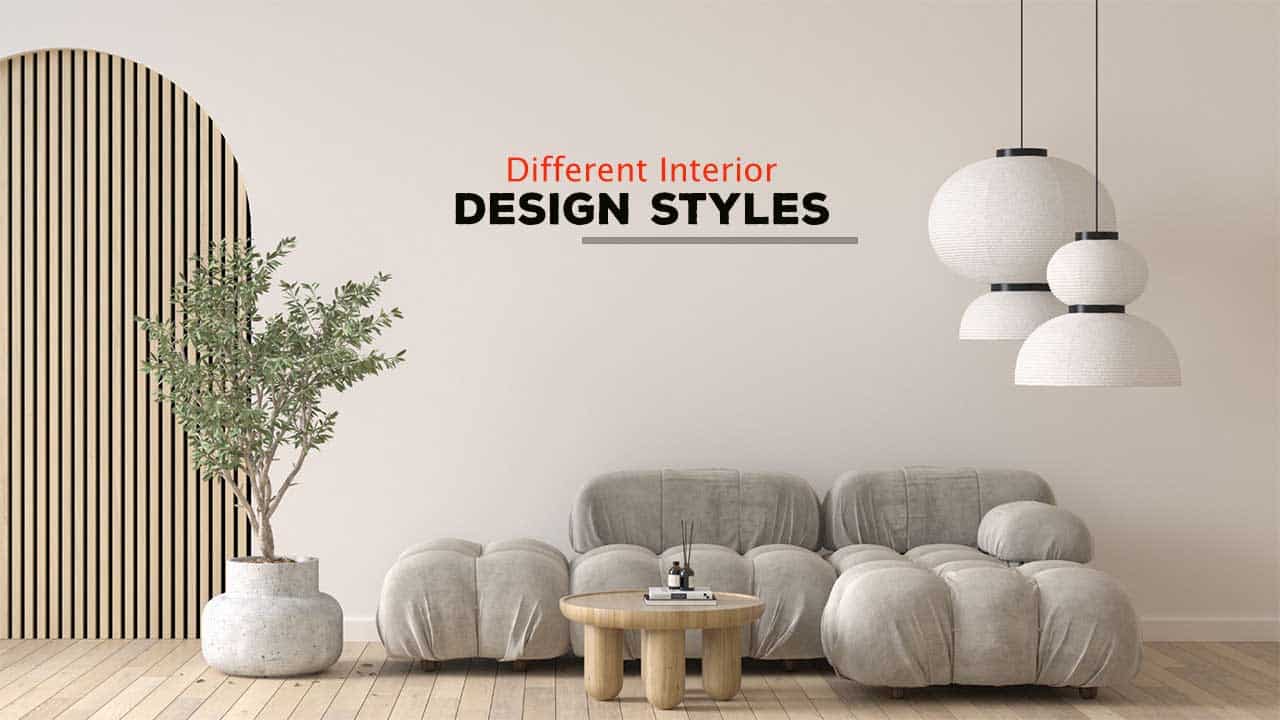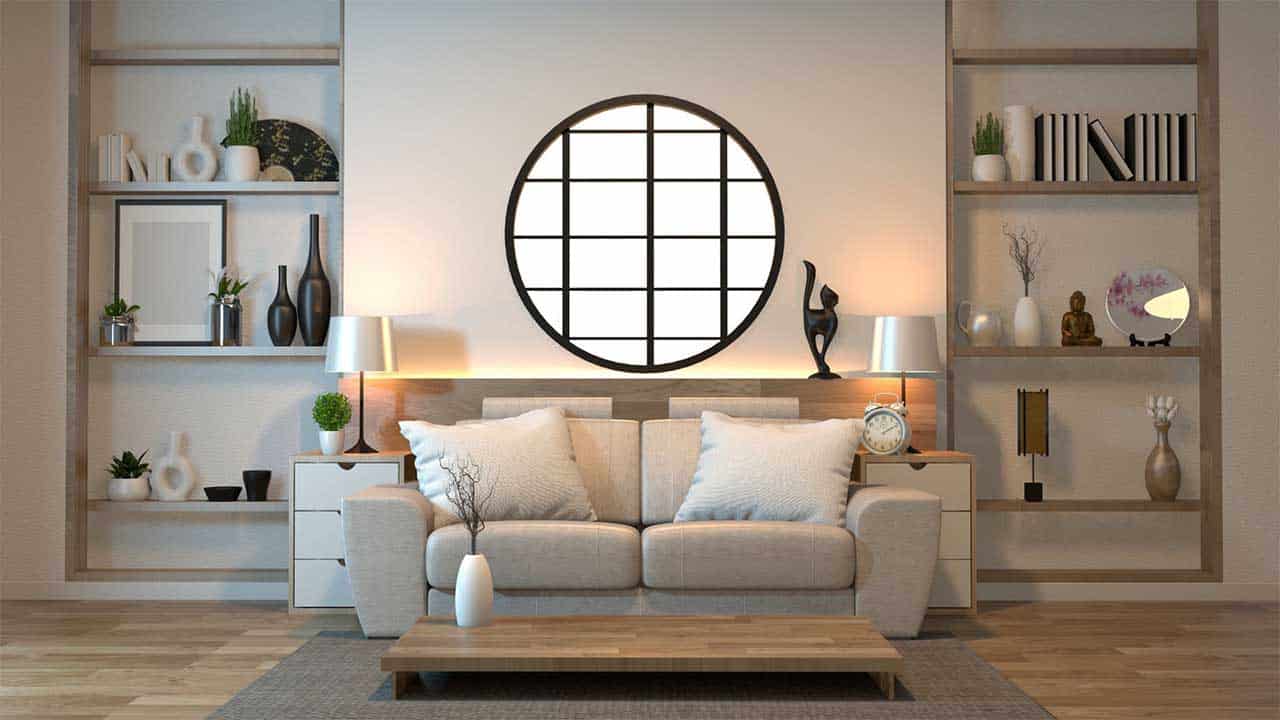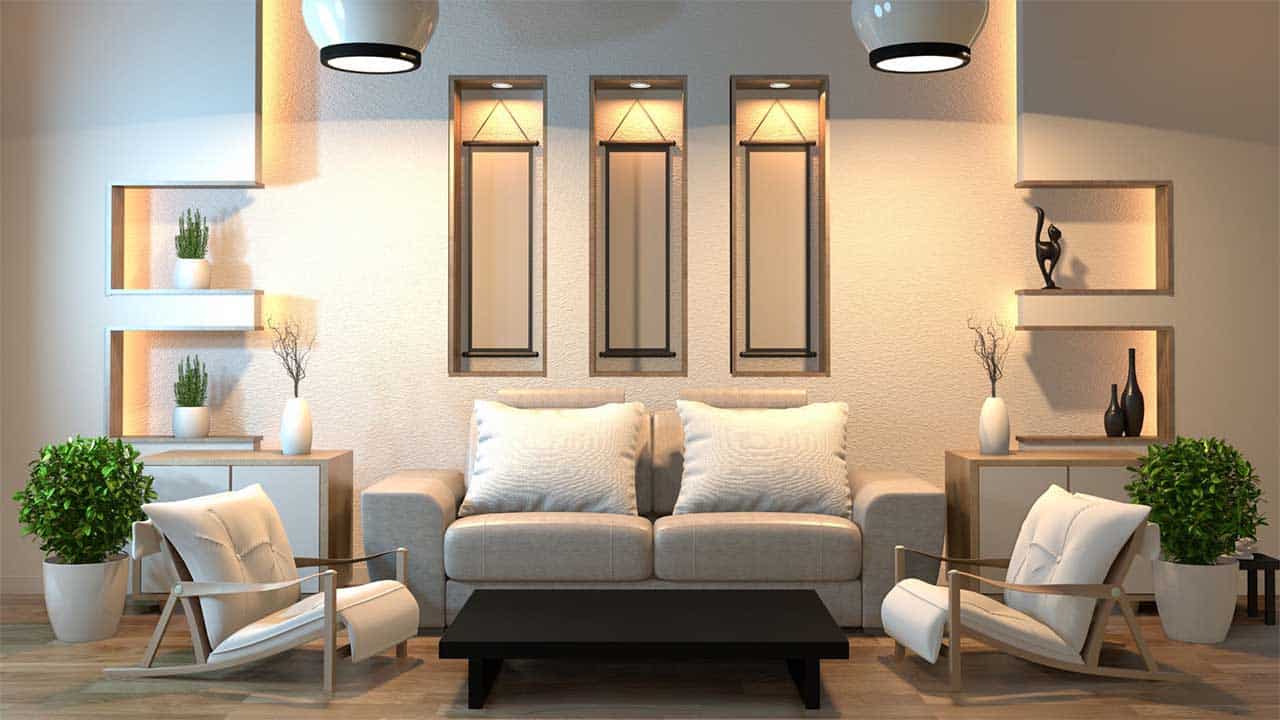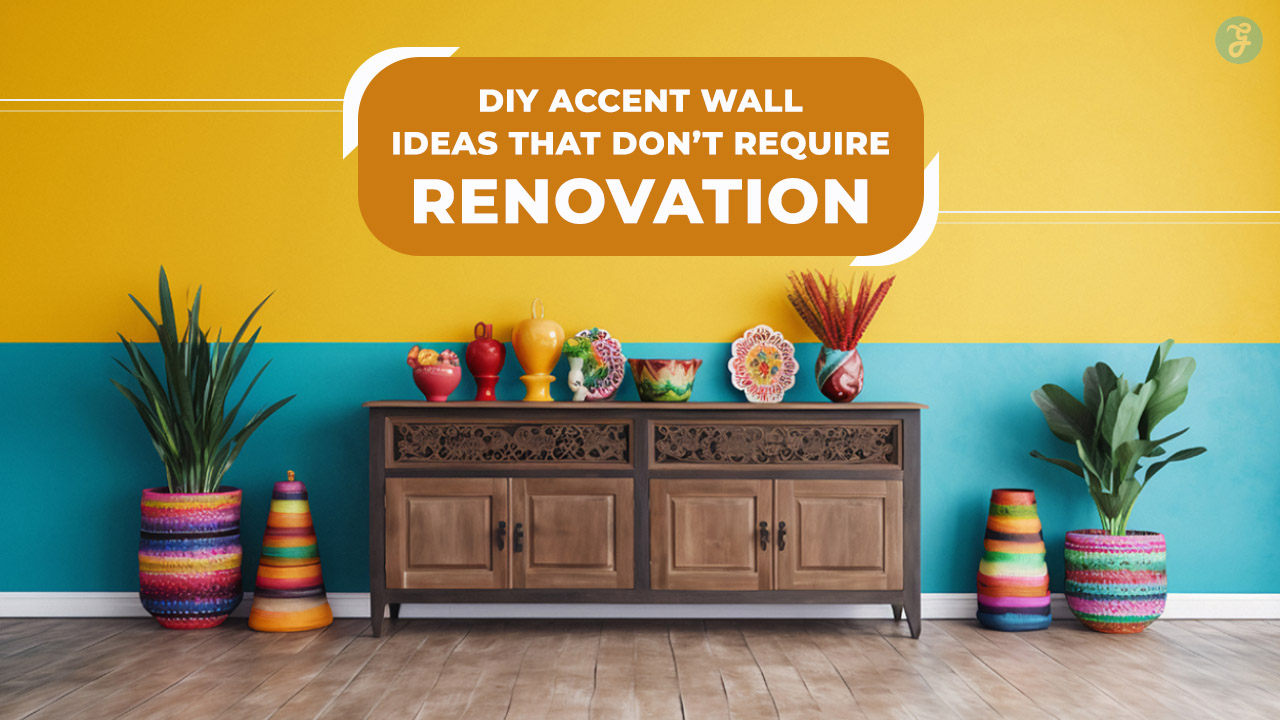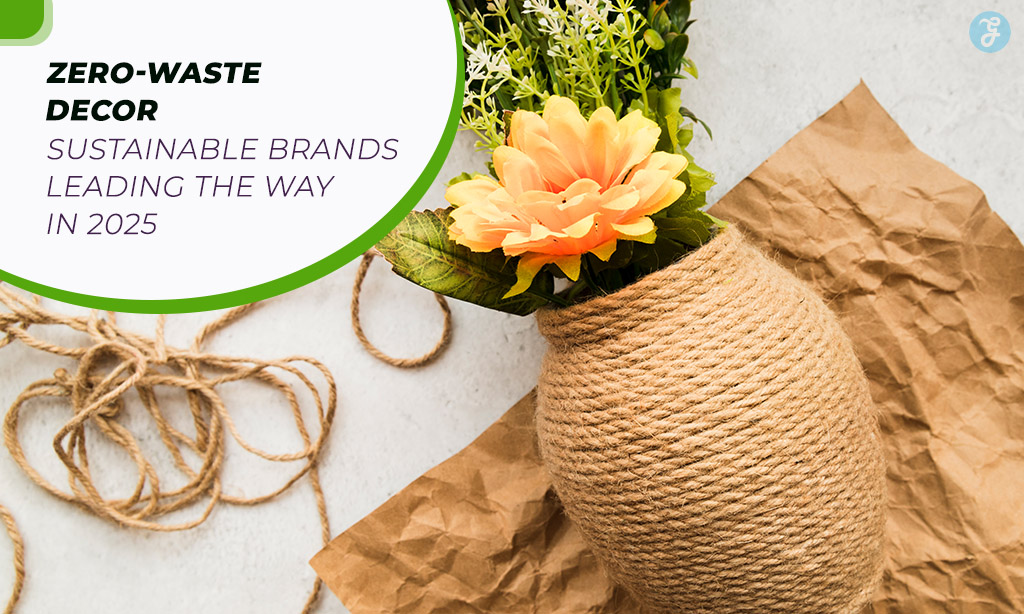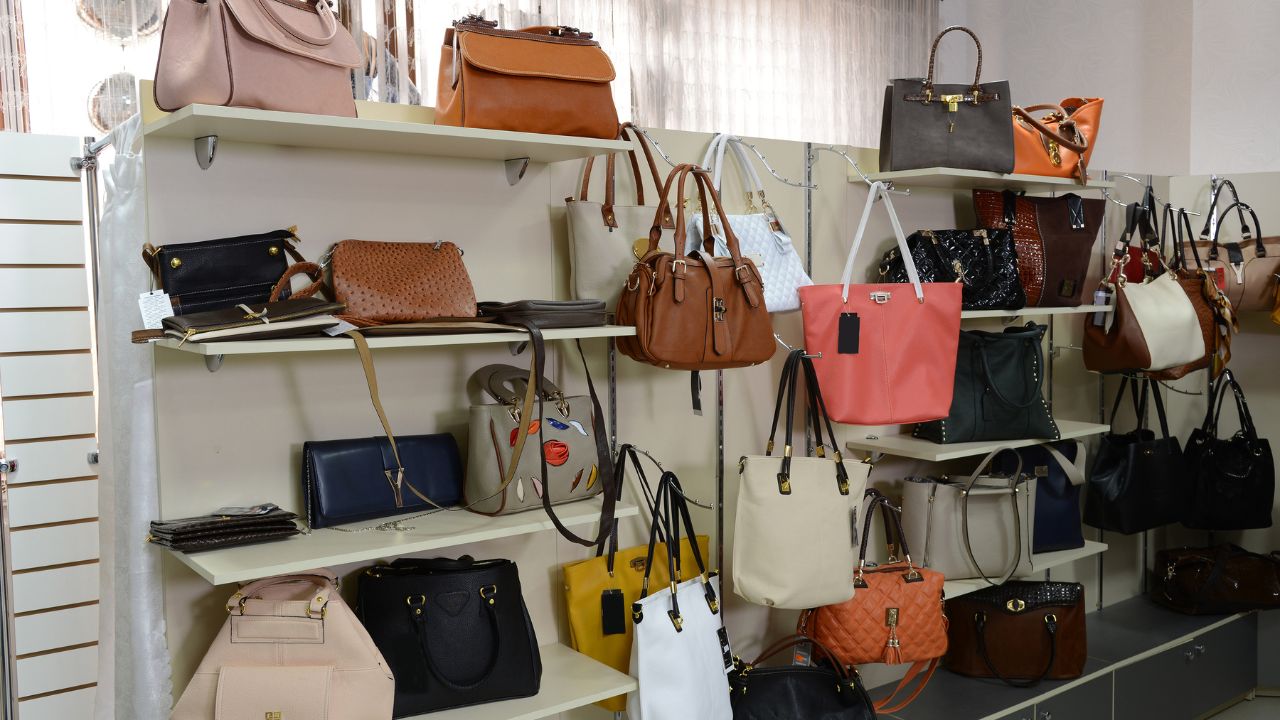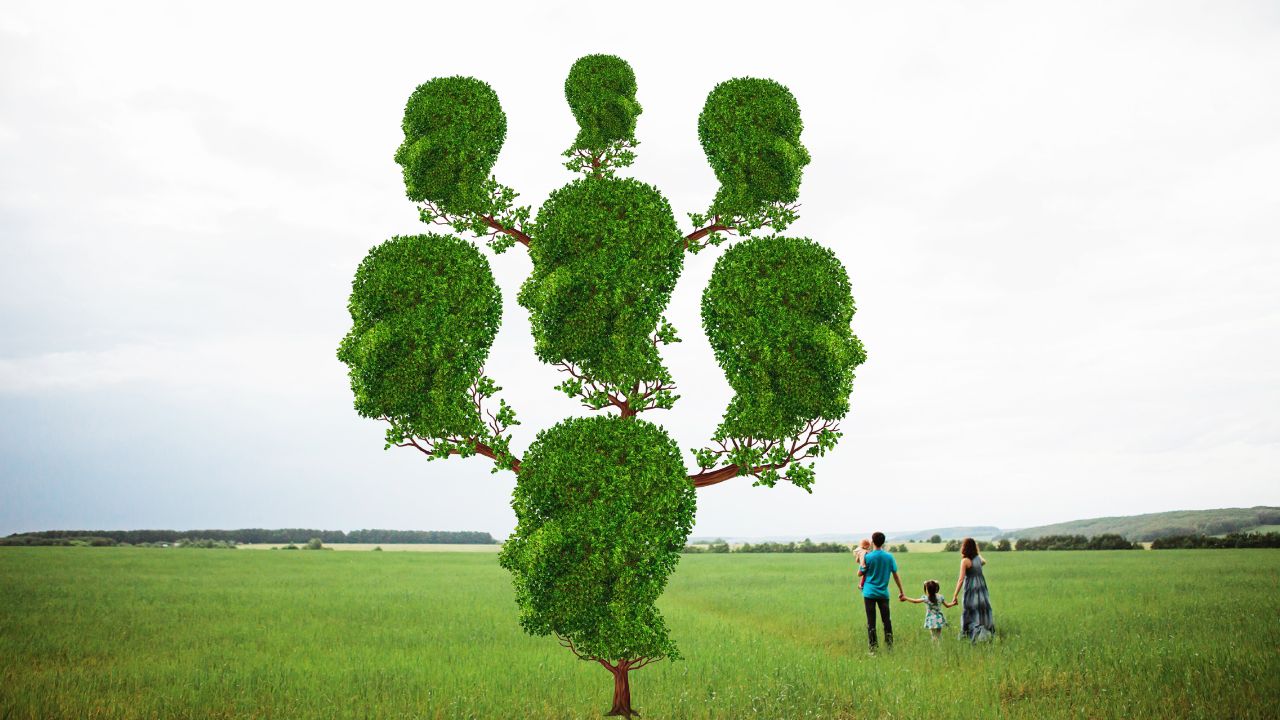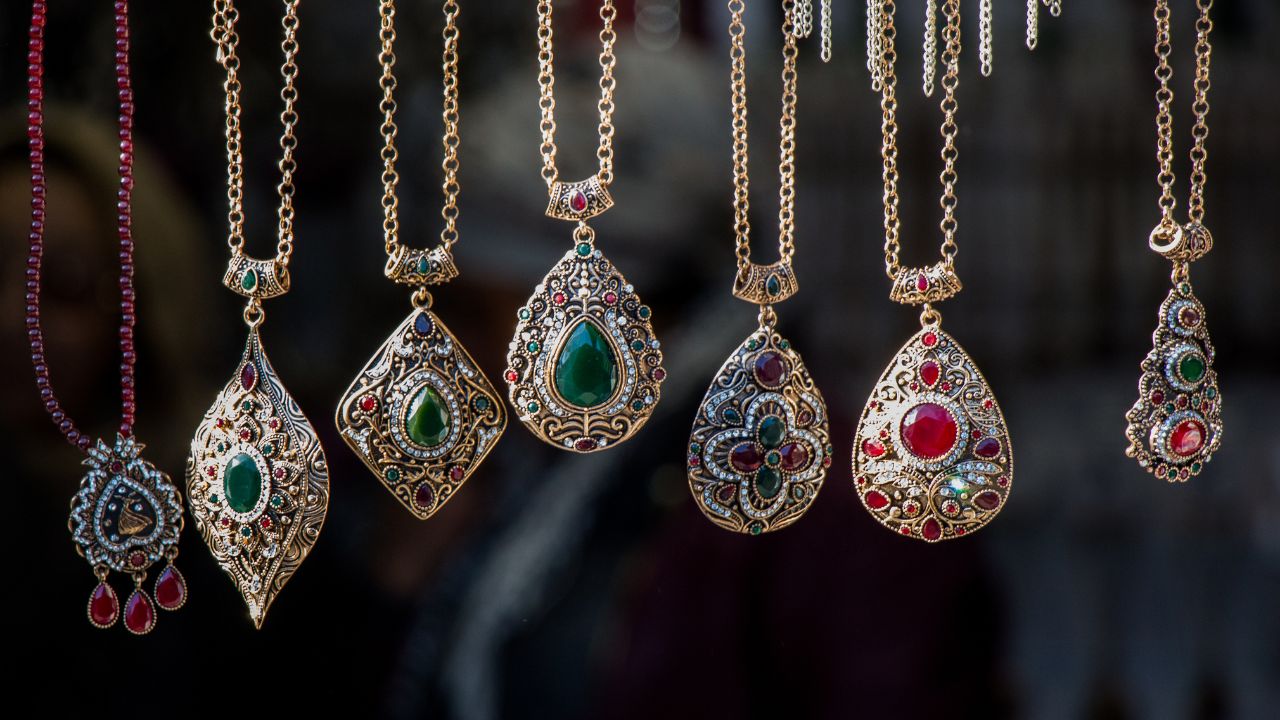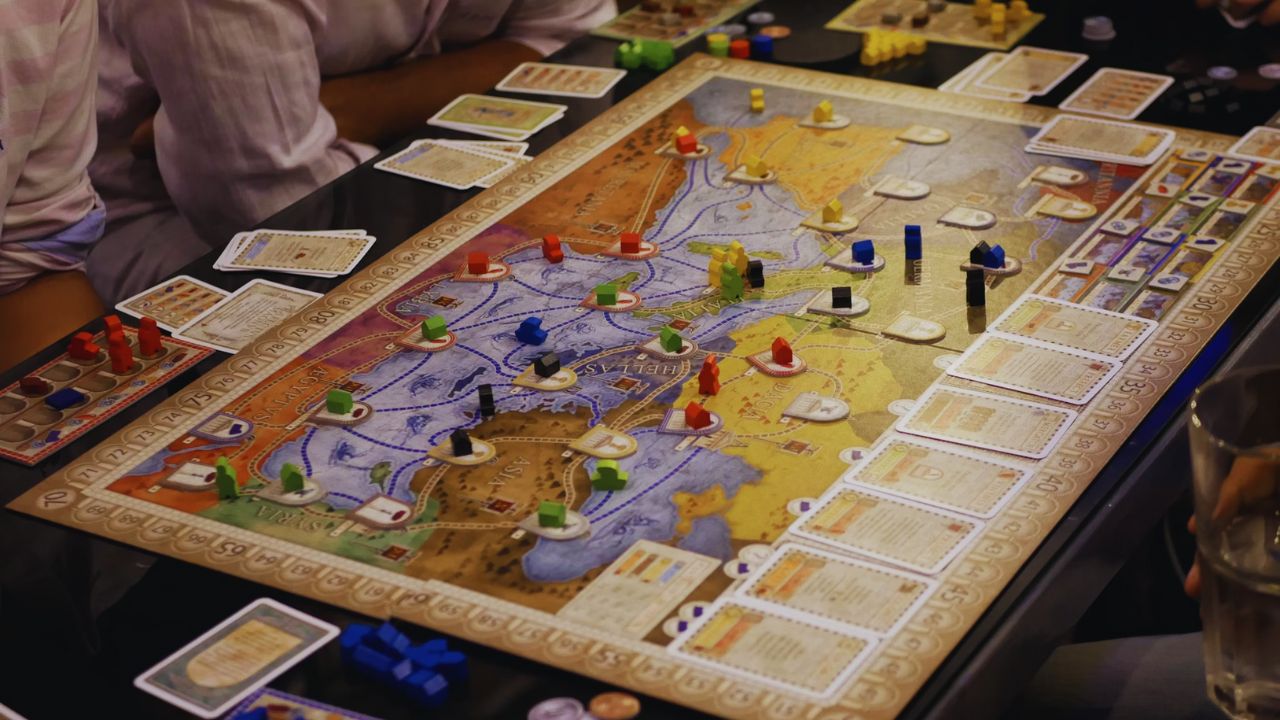Interior design styles can transform your living space. From sleek minimalism to eclectic mixes, there’s a style for everyone. Your home reflects your personality and taste.
Choosing the right interior design style helps create a comfortable and appealing environment. You can pick from many options to suit your preferences.
Whether you like clean lines or bold patterns, there’s a design style that fits your needs.
1. Scandinavian
Scandinavian interior design brings a sense of calm and simplicity to your home. It focuses on clean lines, light colors, and natural materials.
You’ll find lots of white walls in Scandinavian spaces. They help make rooms feel bright and airy, even during long winter months.
Wood plays a significant role in this style. Light-colored woods like pine and birch are common for floors and furniture. They add warmth without being too heavy.
Comfort is vital in Scandinavian design. Soft textures like wool blankets and sheepskin rugs make spaces cozy and inviting.
Clutter is a no-no. You’ll want to keep things tidy and organized. Built-in storage helps hide away items you don’t need out all the time.
Plants are a must-have. They bring life and a touch of nature indoors. Try low-maintenance options like succulents or snake plants.
Lighting is super important. Mix natural light with soft artificial lighting to create a cozy feel. Candles are popular, too.
When it comes to decor, less is more. Pick a few unique pieces that mean something to you. Avoid too many knick-knacks or busy patterns.
2. Industrial
Industrial interior design takes cues from old factories and warehouses. You’ll see raw materials like exposed brick, concrete floors, and metal pipes. These spaces often have high ceilings and large windows.
Colors tend to be neutral – think grays, blacks, and browns. Wood and metal furnishings add warmth and texture. You might find vintage pieces like old work tables or stools.
Lighting plays a significant role in industrial spaces. Pendant lights with metal shades are standard. So are Edison bulbs that give off a warm glow. Track lighting can highlight specific areas.
Open floor plans work well with this style. They mimic the wide-open feel of a factory floor. Movable room dividers like bookcases or screens can create separate zones.
Art in industrial spaces is often bold and graphic. Large black-and-white photos or abstract paintings fit the look. Vintage signs or blueprints add character, too.
Plants soften the hard edges of industrial design. Try big leafy plants in metal or concrete planters. They bring life to the space and clean the air.
3. Bohemian
The bohemian style celebrates free-spirited and eclectic design. You’ll find various colors, patterns, and textures in these spaces. Boho rooms often feature vintage furniture, colorful textiles, and global-inspired decor.
Plants play a significant role in bohemian interiors. You might see hanging plants, large potted trees, or small succulents scattered around. Natural materials like wood, rattan, and jute are common too.
Bohemian spaces don’t follow strict rules. You can mix and match different styles and eras. Old and new pieces sit side by side. Bright jewel tones or earthy neutrals can both work in boho rooms.
Layering is vital in bohemian design. You might see rugs on top of rugs or multiple throw pillows on a sofa. Wall art is often abundant and mismatched. Tapestries, macramé, and woven wall hangings are popular choices.
Boho style embraces imperfection and lived-in comfort. Furniture arrangements are often relaxed and informal. For casual seating, you might find floor cushions, poufs, or a hammock chair.
4. Mid-century Modern
Mid-century modern design takes you back to the 1940s through the 1960s. This style blends function and form, creating sleek and stylish spaces.
You’ll notice clean lines and minimal fuss in mid-century modern interiors. Furniture often has tapered legs and organic shapes. Materials like wood, metal, and plastic are common.
Colors tend to be bold yet earthy. Think mustard yellow, avocado green, and burnt orange. These hues pair well with neutral tones for balance.
Large windows are a vital feature, bringing the outdoors in. Open floor plans create a sense of flow and space. Lighting fixtures become statement pieces with unique designs.
Iconic pieces like the Eames lounge chair or the Saarinen tulip table define this style. You can mix vintage finds with modern reproductions for an authentic look.
Art plays a significant role, too. Abstract paintings and sculptures add personality to the space. Patterns are often geometric or feature atomic-inspired motifs.
Mid-century modern design values simplicity and practicality. It’s a timeless style that feels both retro and contemporary at once.
5. Farmhouse
Farmhouse style brings cozy country charm to your home. You’ll find warm, inviting spaces that mix old and new.
Think natural materials like wood and stone. The furniture is comfy and practical. Sofas have soft fabrics in neutral colors.
The decor includes vintage items and rustic touches. You might see antique signs, Mason jars, or woven baskets. Plants and flowers add life to rooms.
Colors are usually soft and natural. White, beige, and gray are common. Pops of color come from greenery or accent pieces.
Farmhouse kitchens often have open shelving and big sinks. Dining areas may feature long wooden tables for family gatherings.
Living rooms are made for relaxing. Plush throw pillows and soft blankets invite you to curl up. Fireplaces are a popular focal point.
Bedrooms feel calm and peaceful. Simple bedding in light colors creates a restful mood. Barn doors or shiplap walls add character.
Farmhouse style works in both old and new homes. It blends well with other styles, too. You can mix in modern or traditional elements to suit your taste.
6. Rustic
The rustic design brings the outdoors inside. It uses natural materials and earthy colors to create a cozy, lived-in feel. In rustic spaces, you’ll see lots of wood, stone, and metal.
Furniture in rustic homes is often chunky and sturdy. Think big wooden tables or leather armchairs. These pieces look like they could last forever.
Colors in rustic design stick to nature-inspired shades. Browns, greens, and warm grays are familiar. These hues make rooms feel calm and grounding.
Textures play a significant role in rustic style. Rough wood, woven fabrics, and fuzzy throws add depth to a space. These elements make rooms feel inviting and comfortable.
Decor in rustic homes often has a handmade quality. You might see hand-stitched quilts or pottery made by local artists. These touches add character and warmth.
Lighting in rustic spaces is usually soft and warm. Lamps with fabric shades or wrought iron chandeliers create a soothing glow. This lighting helps rooms feel cozy, especially at night.
Rustic design works well in many types of homes. It’s popular in cabins and farmhouses but can fit in city apartments, too. The key is using natural elements that connect you to the outdoors.
7. Coastal
Coastal interior design brings the beach to your home. This style uses colors and textures inspired by the sea, sand, and sky. In coastal rooms, you’ll find soft blues, sandy beiges, and crisp whites.
Natural materials play a significant role in coastal design. Wood, rattan, and jute add warmth and texture. You might see driftwood accents or seaglass decorations.
Light is essential in coastal spaces. Large windows let in lots of natural light. Sheer curtains keep the room bright and airy. Mirrors can help reflect light and make the space feel bigger.
Furniture in coastal rooms is often comfortable and casual. Think overstuffed sofas and cozy armchairs. Slipcovers in light fabrics are familiar and easy to clean.
Coastal decor includes items that remind you of the beach. Seashells, coral, and starfish are popular choices. You might also see artwork featuring seascapes or marine life.
The overall feel of a coastal room is relaxed and breezy. It’s like being on vacation all year round. This style works well in beach houses but can bring a touch of seaside charm to any home.
8. Art Deco
Art Deco is a bold and glamorous style that emerged in the 1920s and 1930s. You’ll recognize it by its geometric shapes, rich colors, and luxurious materials.
In Art Deco interiors, you’ll find sleek lines and symmetrical patterns. Think zigzags, sunbursts, and chevrons. These designs often appear on wallpaper, rugs, and furniture.
Colors in Art Deco spaces are usually deep and dramatic. You might see black, gold, silver, and jewel tones like emerald green or sapphire blue. These hues create a sense of luxury and sophistication.
Materials play a significant role in Art Deco design. You’ll spot lots of glass, chrome, and polished wood. Mirrors are also standard, adding sparkle and the illusion of more space.
Furniture in the Art Deco style is often streamlined and elegant. Look for pieces with curved edges and glossy finishes. Upholstery tends to be plush, with velvet being a popular choice.
Lighting is a crucial feature in Art Deco rooms. You’ll see statement chandeliers and sconces with frosted glass shades. These fixtures often have angular or stepped designs.
Art Deco accessories add the finishing touch. Look for sculptures, clocks, and vases with stylized forms. These pieces often feature exotic motifs inspired by ancient cultures.
9. Minimalist
Minimalist interior design focuses on simplicity and functionality. It’s all about creating a calm, uncluttered space with clean lines and a neutral color palette.
You’ll find that minimalist rooms often feature bare walls and floors. Furniture pieces are chosen carefully, with each item serving a purpose. There’s no room for unnecessary decorations or knick-knacks here.
Colors in minimalist design are typically muted. Think whites, grays, and beiges. This creates a peaceful atmosphere, allowing the few carefully selected pieces to stand out.
Textures play a crucial role in minimalist spaces. Since there’s less visual stimulation, the feel of different materials becomes more important. You might see smooth leather sofas paired with rough wooden coffee tables.
Storage is crucial in minimalist design. Everything needs a place to keep the space clutter-free. Built-in cabinets and hidden storage solutions are standard.
Lighting is another essential element. Natural light is preferred, so large windows are often a feature. When artificial lighting is needed, it’s usually simple and understated.
Remember, minimalism isn’t about having nothing. It’s about having just what you need and love. Each item in your space should be meaningful and purposeful.
10. Traditional
Traditional interior design brings timeless elegance to your home. This style draws inspiration from 18th and 19th-century European decor, creating a warm and inviting atmosphere.
In a traditional space, you’ll find rich color palettes with deep reds, greens, and blues. These colors add depth and sophistication to your rooms. Furniture pieces often feature curved lines and ornate details, giving a sense of refinement.
Wood plays a significant role in traditional design. You might see dark wood floors, intricate moldings, and carved furniture. These elements add warmth and character to your space.
Fabrics are another crucial part of the traditional look. Think plush velvet sofas, silk drapes, and patterned area rugs. These textiles bring comfort and luxury to your rooms.
Accessories are carefully chosen in traditional design. You might display antique vases, oil paintings in gilded frames, or crystal chandeliers. These pieces add a touch of history and personality to your home.
Symmetry is essential in traditional spaces. You’ll often see matching pairs of lamps, chairs, or end tables. This creates a sense of balance and order in your rooms.
Traditional design embraces classic patterns like florals, stripes, and plaids. These patterns can be found on wallpaper, upholstery, or throw pillows, adding visual interest to your space.
Understanding Minimalist Design
Minimalist design focuses on simplicity and functionality. It uses clean lines, neutral colors, and limited decor to create a calm, uncluttered space.
Key Principles of Minimalism
Minimalism embraces the “less is more” philosophy. You’ll want to:
- Keep only essential items
- Use simple, clean lines in furniture and decor
- Create open, uncluttered spaces
- Focus on function over form
Minimalist rooms have a purpose for every item. You’ll remove unnecessary objects and decorations. This style avoids excess and values quality over quantity.
Storage is vital in minimalist design. You’ll need clever solutions to keep items out of sight. Built-in cabinets and hidden storage help maintain a clean look.
Color Schemes and Materials in Minimalism
Minimalist color palettes are typically neutral and monochromatic. You might use:
- White, beige, and gray as base colors
- Black for contrast and definition
- One or two accent colors for visual interest
Materials in minimalist design are often natural and straightforward. You’ll see:
- Wood for warmth and texture
- Glass for transparency and light
- Metal for sleek, modern touches
Textures play a significant role in minimalist spaces. They add depth without clutter. You can use:
- Smooth surfaces like polished concrete
- Soft fabrics like linen or wool
- Natural stone for organic appeal
Embracing Eclectic Style
Eclectic style brings together diverse elements to create unique and personalized spaces. It mixes different design periods, colors, and textures in a cohesive and exciting way.
Defining Characteristics of Eclectic Design
The eclectic design celebrates variety. You’ll see a mix of furniture styles, from vintage to modern. Colors play a significant role – think bold hues next to neutral tones. Patterns are critical, too. Try pairing floral prints with geometric shapes.
Textures add depth to eclectic rooms. Combine smooth surfaces with rough ones. A sleek leather couch might sit next to a fuzzy throw pillow. Don’t be afraid to mix materials like wood, metal, and glass.
Art is vital in eclectic spaces. Display pieces from different cultures and periods. This could mean hanging a modern painting next to an antique mirror.
Balancing Elements in Eclectic Interiors
Balance is crucial in eclectic design. Without it, rooms can feel chaotic. Start with a neutral base color for walls and floors. This helps tie different elements together.
Choose a focal point for each room. It could be a bright rug or a striking piece of art. Build the rest of the space around this centerpiece.
Use repetition to create harmony. Repeat colors, shapes, or materials throughout the room. This helps the eye move smoothly from one area to another.
Scale matters, too. Mix large and small items, but keep proportions in mind. A tiny side table next to a massive sofa might look odd.
Remember, less can be more. Edit your choices to avoid clutter. Each item should have a purpose or bring joy to the space.
Takeaways
Exploring different interior design styles can help you create a living space that reflects your personality and meets your functional needs. From the clean, calming lines of Scandinavian design to the bold, varied mix of eclectic style, each approach offers unique ways to transform your home.
Industrial design brings raw materials and a rugged aesthetic, while bohemian celebrates color, texture, and a free-spirited vibe. Mid-century modern combines function and form with timeless pieces, and farmhouse design offers cozy, rustic charm.
Coastal interiors evoke a breezy beach feel, and Art Deco adds a touch of glamour and sophistication. The minimalist design emphasizes simplicity and clarity; the traditional style brings classic elegance and comfort.
Whether you favor the simplicity of minimalism or the vibrant mix of eclectic design, understanding these styles allows you to make informed choices that enhance your living space.
Each style can be adapted to suit different tastes and preferences, ensuring your home is stylish and functional. By embracing the principles and characteristics of these various designs, you can create a space that looks good and feels like home.


